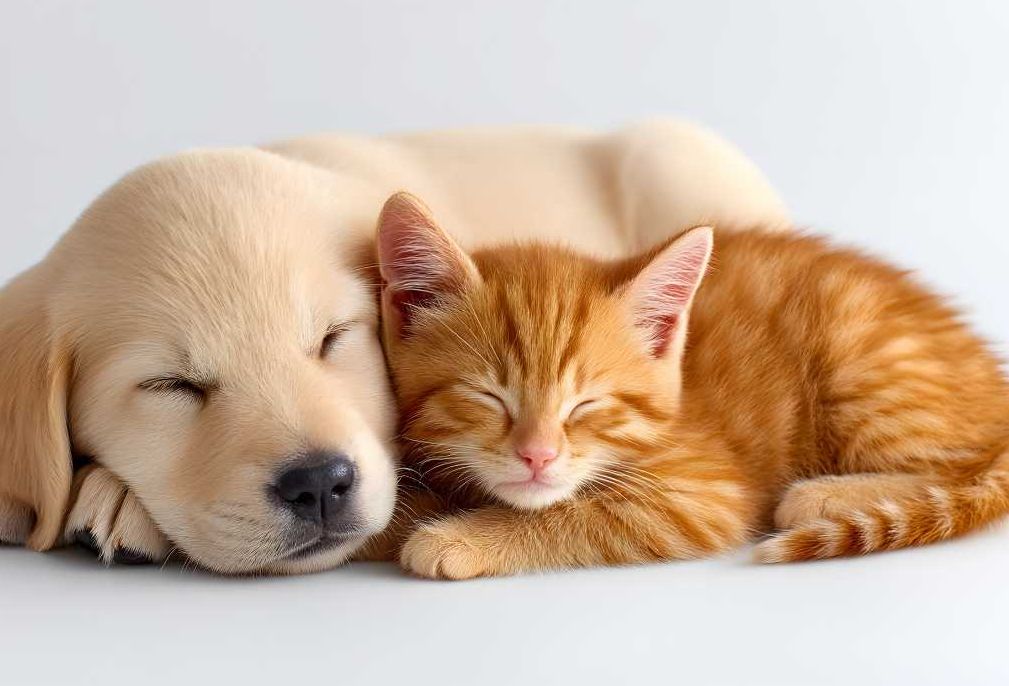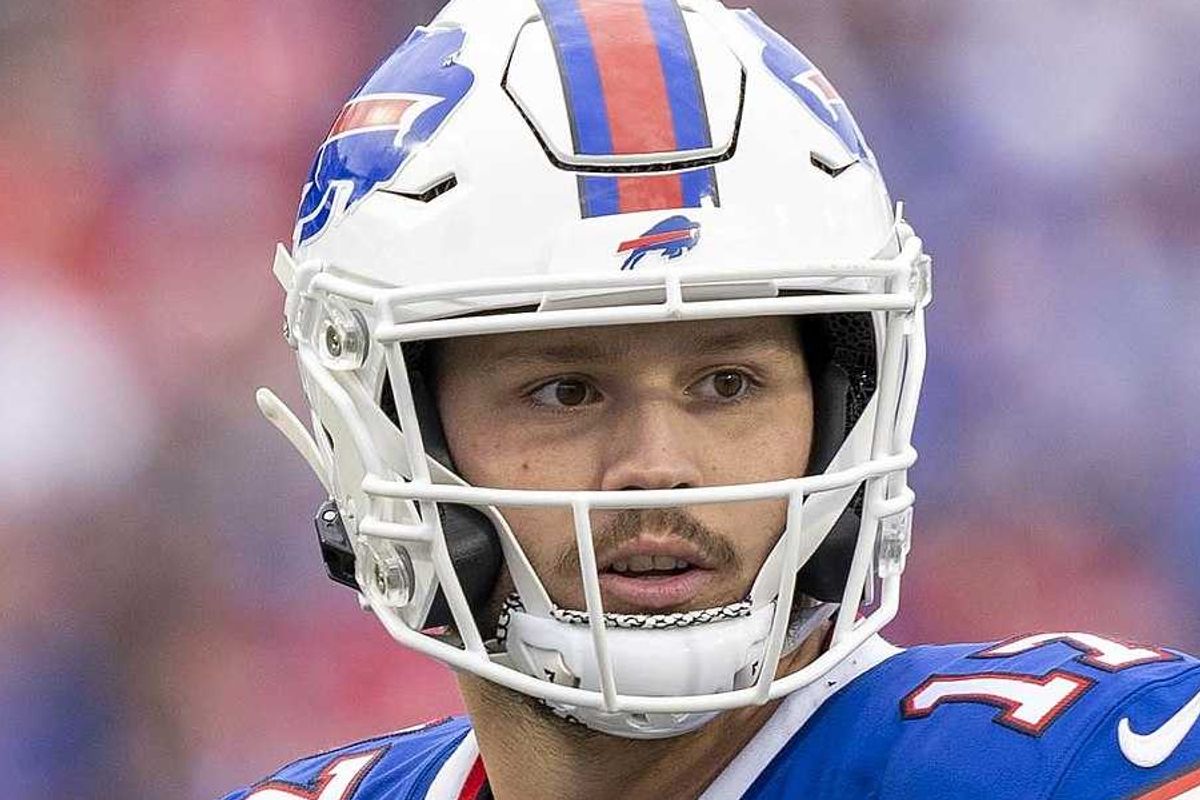Experts reveal the trendiest puppy and kitten names, and they're more creative than ever
Dr. Indiana Bones, meet Edward Scissorpaws.
It seems that every year, pet owners are upping their puppy/kitten-naming game. Obviously, Fido and Fluffy are names of the past (though they'll probably soon make a sweeping comeback because they're SO retro). And while "Luna and Charlie" have been incredibly popular pet names for the past few years, they are on their way down in terms of what's trending in the future.
That said, names on the rise are gaining in popularity very quickly. According to Rover's latest data, they claim that while certain classic names will always be popular, "there's a cultural zeitgeist" shifting the trend. "Rover looked at our growing database of over a million dogs and cats to see what’s hot—and what’s not." They add, "By looking at pets under the age of 2 years old and applying a minimum threshold for names added from August 2024 to September 2025, we were able to get a good look at overarching themes to see what inspiration comes from brand new beginnings."

Without further ado—
The top up-and-coming names for male puppies include:

Caesar (up 122%)
Mufasa (up 119%)
Oswald (up 118%)
Luther (up 92%)
Gibby (up 82%)
Top female puppy names trending:
Elphie (up 244%)
Tsuki (up 159%)
Rumi (up 120%)
Jelly Bean (up 102%)
Brookie (up 87%)
For male kittens, their top five include:

Tater (up 92%)
Milton (up 86%)
Stewie (up 75%)
Gatsby (up 70%)
Snowball (up 66%)
And for the female kitties:
Priscilla (up 73%)
Snowball (up 64%)
Pickle (up 62%)
Sissy (up 61%)
Pippin (up 59%)
(Note: Pippin was tied with Martini.)
But if one wants to break it down even further (and why wouldn't they?), Rover even divides the trends by U.S. states. For example, in California, they state Luther is the number one name for pups. For kittens, it's Nami. But in Washington, the puppy and kitten names rhyme with "Bucky" and "Ducky," respectively.
Over on the East Coast, New Yorkers are trending toward "Ivory" and "Emi," while those in Maine are using shorter names like, "Buck" and "Jack."
In Florida, "Gordon" and "Skye" are on the rise for dogs and cats, and in Kansas, it's "Rambo" and "Piper."
Perhaps even more fun, they reveal that pop culture (particularly those nostalgic for the 1990s) is influencing new canine and feline names as well. Rover shares, "Star power has always been a driving force. Movies inspire pet names every year, but this time around we’re seeing a mix of names from current releases and 90s favorites. Despite recent blockbusters inspiring popular names from Superman and Wicked, it appears pet parents preferred to lean into 90s nostalgia this year—possibly for comfort and due to ongoing franchise fatigue."

For dogs, "Forrest Gump, Boq, Gracie Lou Freebush, Galinda (of course), and Willie Wonka" make the list. For kitties, "Bill Murray (which I think should be Bill Purry), Mary-Kate, Sandy Cheeks, Fat Louie, and Jack Sparrow" all make the cut.
And although those are the top five for each, there are a few other adorable trending names worth mentioning. Rover is finding that people are naming their puppies R2D2, Dr. Indiana Bones, and Lois Lane. While over on the cat side, Edward Scissorpaws, Rocky Balboa, and yes, Dexter Morgan are all up over 100 percent.
Food names and natural wonders are also new trends that Rover is seeing. And the cat owners are getting extra creative with choices like Nutter Butter, Apple Fritter, and Jams. Another trend is sports names—and get ready, Bills fans. "Josh Allen" makes BOTH trending lists for cats and dogs! (I personally almost named my dog "Emmitt Sniff," so I get it.)

Lastly, for a glimpse of pet names around the world, Rover throws in a few of the popular ones too. For dogs, the U.K. has an uptick in "Timmy" and "Kiwi." In France, get ready to meet a lot of dogs named "Willow" and "Ziggy." For cats, Canadians are going with "Winnie" and "Enzo." And in Spain, you might find quite a few kittens named "Cora" and "Rex."
Ten months ago on the subreddit r/VetTechs, an OP asked what names they saw that seemed to be trending, and interestingly, even nearly a year ago they predicted, "I'm waiting for some Elphabas, Dr. Dillamonds, Desdemonas, Homer, Rockwell, Winslow."
The first comments immediately backed up the Wicked claims. "I met a puppy named Glinda recently." Another adds, "I was just thinking the name Elphie would be a cute name for a dog." And quite perfectly, another jumps in to say (and I can't help but hear it as a song), "She's gonna be 'popular' for sure."
- Experts share the three ways you can usually tell someone is a 'cat person' ›
- A dying woman left a heartwarming note to her cat’s future owner. ›
- Studies show dogs and cats are equally as intelligent. Here's why people think cats are smarter. ›
- Man's inability to handle his kitten's cuteness is relatable - Upworthy ›
